FORECASTED CAPACITY PLANNING SOFTWARE
Optimize the potential
of your entire team
The capacity planning tool you need to maximize utilization while minimizing burnout
Proactively orchestrate your talent to meet demand
See team capacity to take on projects and align sales to sell your available capacity. Connect sales & delivery before projects are won to efficiently set up successful engagements. Scenario plan resources onto upcoming projects to maximize profitability and see skills in hot demand you should hire for.
Proactive project scoping
Sales uses service offering templates to initially scope, price and set a timeline for projects without manual back and forth meetings. Delivery teams get an early alert of projects coming down the pipe to proactively optimize resourcing – no more, “we need to kick off this project tomorrow” triage. This is the kumbaya sales & delivery needs.
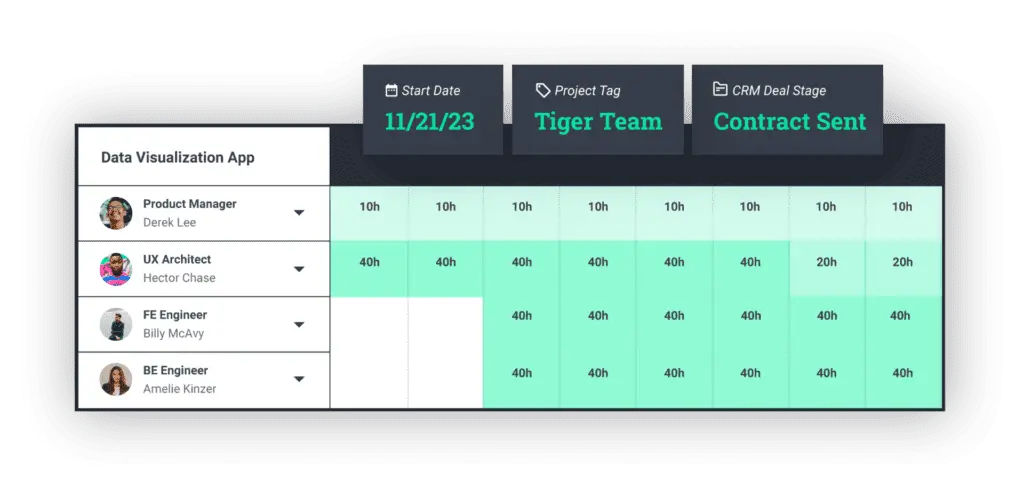
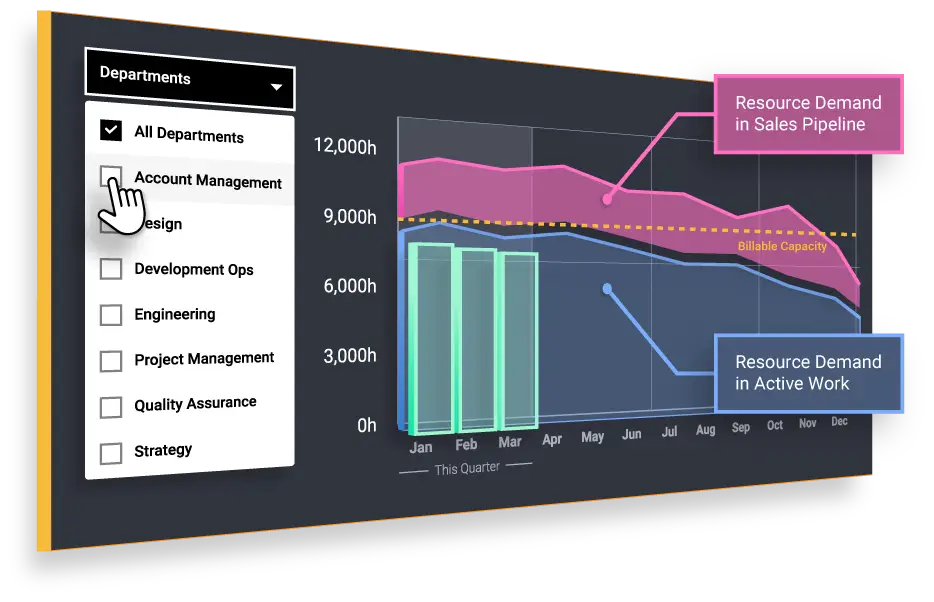
Capacity forecasts
See capacity based on existing and upcoming workloads. By layering your pipeline onto current resource assignments, you get a complete view of skill sets with available or unavailable capacity. Now leadership can align sales to sell available capacity and confidently make hiring decisions for in-demand projects to evolve your service offerings.
Capacity scenario planning
Create your plan B or C or D…to ensure you are forecasting high utilization for all team members. Use filters on deals in your pipeline to better understand “what-if” scenarios of incoming work and how it aligns to your team’s capacity. Protect your margin by scenario planning different resources on upcoming projects.
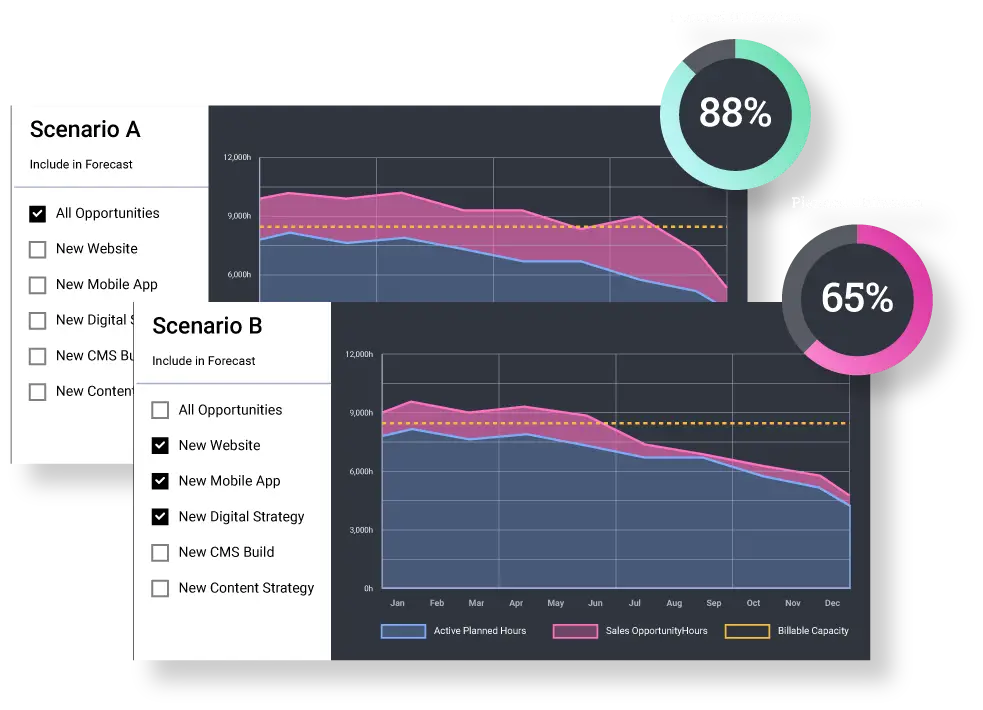
Why leading agencies choose Parallax



How it works
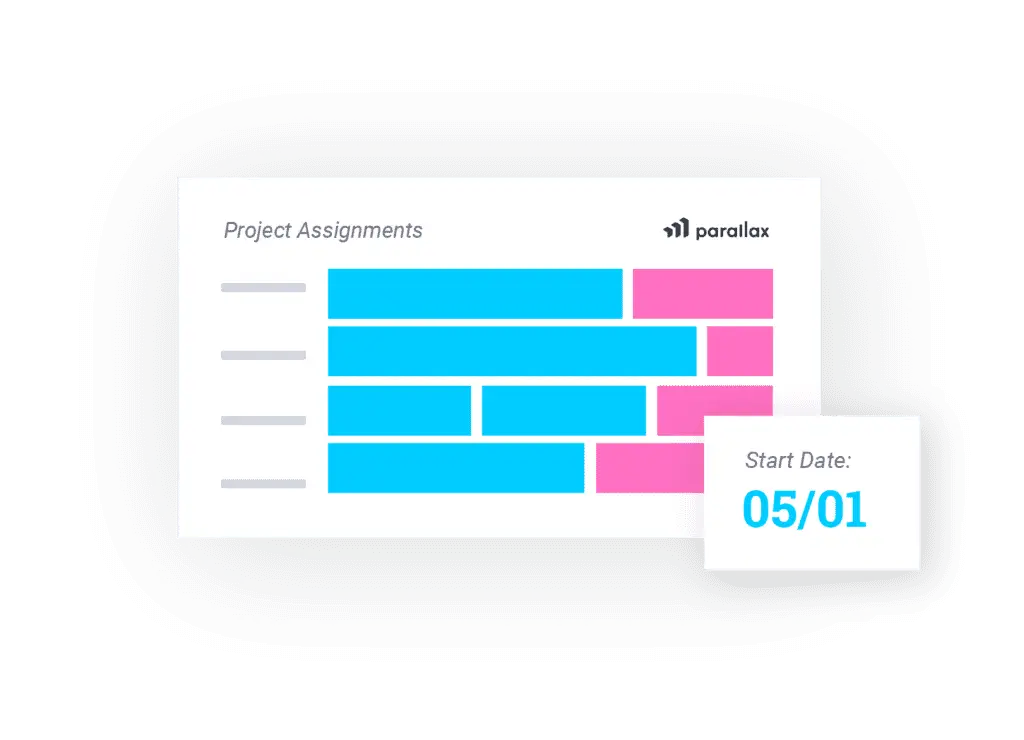
Service offering templates to scope quickly
The service offering template informs Parallax of specific skills needed and outlines when the project can kickoff based on resource availability. Delivery now sees upcoming projects early and can see projected start dates based on close date from the CRM deal.
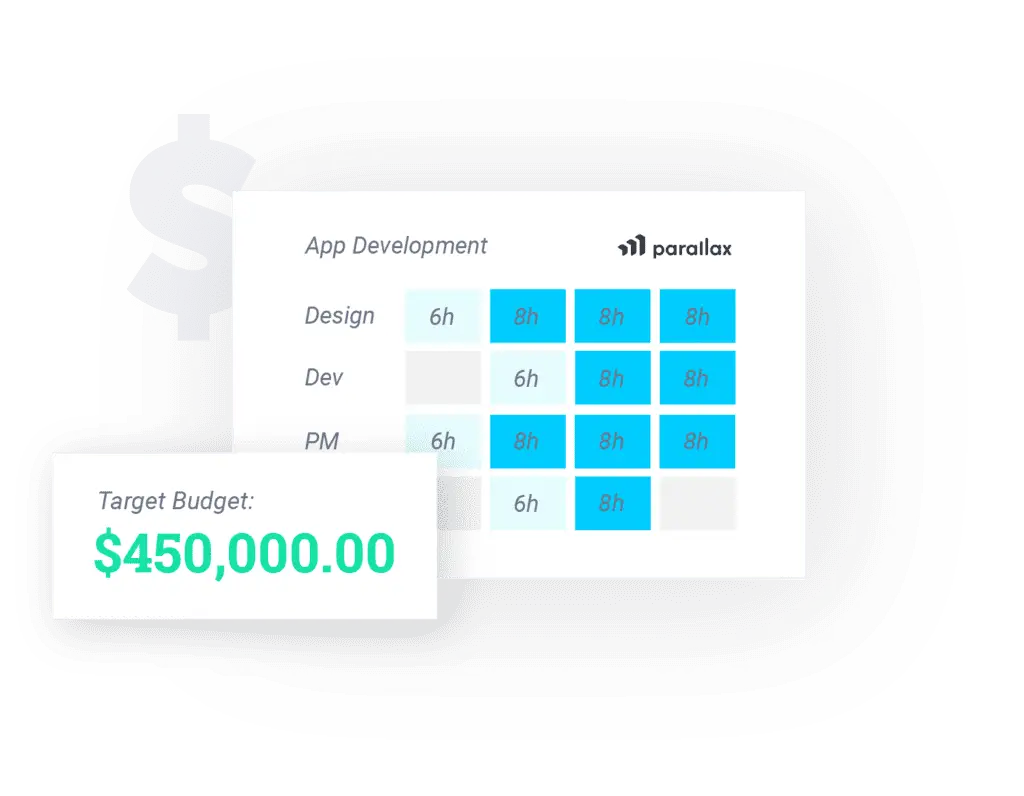
Quick project pricing
Sales creates an opportunity in the CRM and attaches a service offering template to the deal. Service offering templates can be adjusted to however you price or structure your deals – time & material, fixed, retainer, or hybrid along with margin goals. Now sales has pricing without manual meetings with delivery. The deal amount drives the target budget the project will be tracked to.
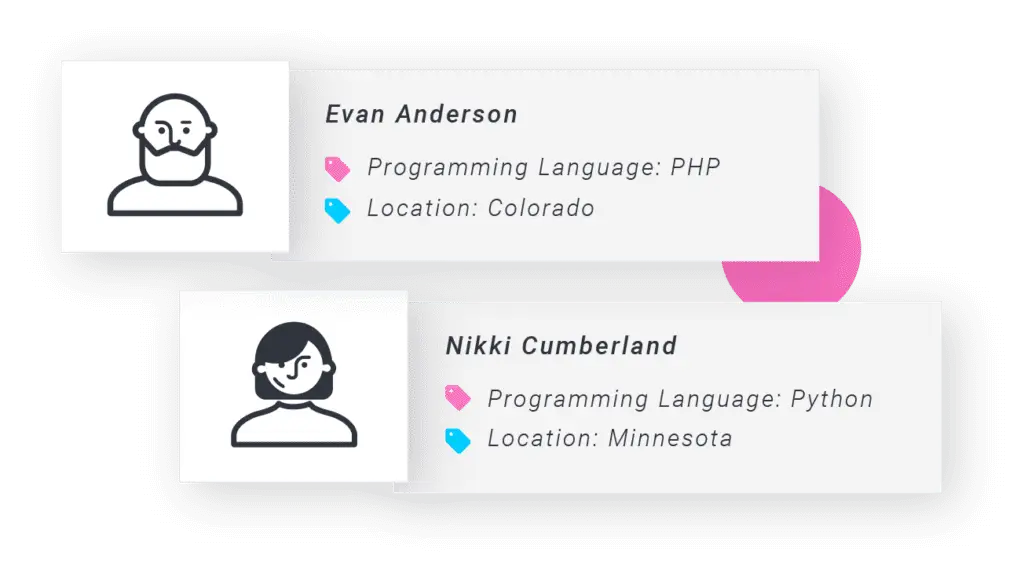
Project, role & skill tagging
Tag projects, project roles and team members with important details such as skills and location, helping you easily organize, filter and assign your people based on specific project criteria.
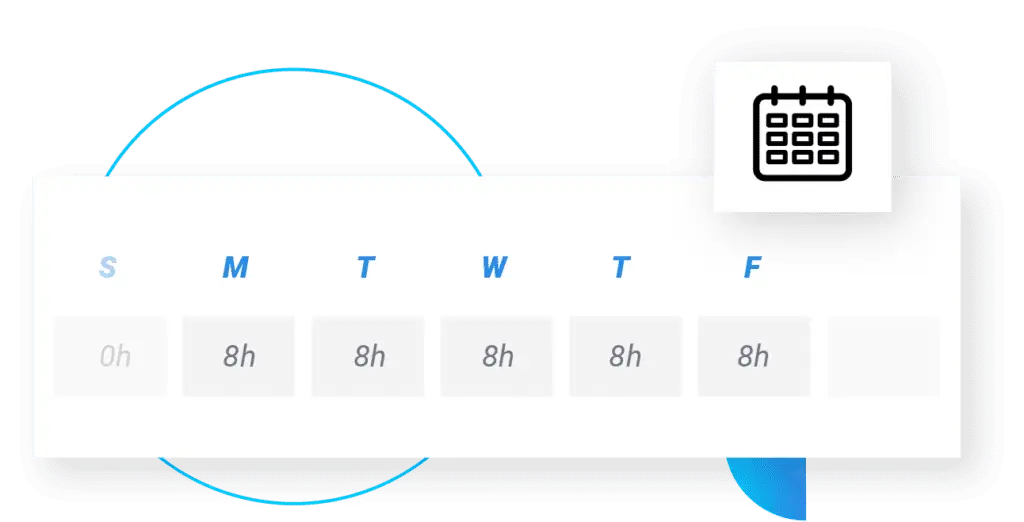
Customizable work hours
Set work hours for each team member, providing you with a clear view of individual and team capacity.
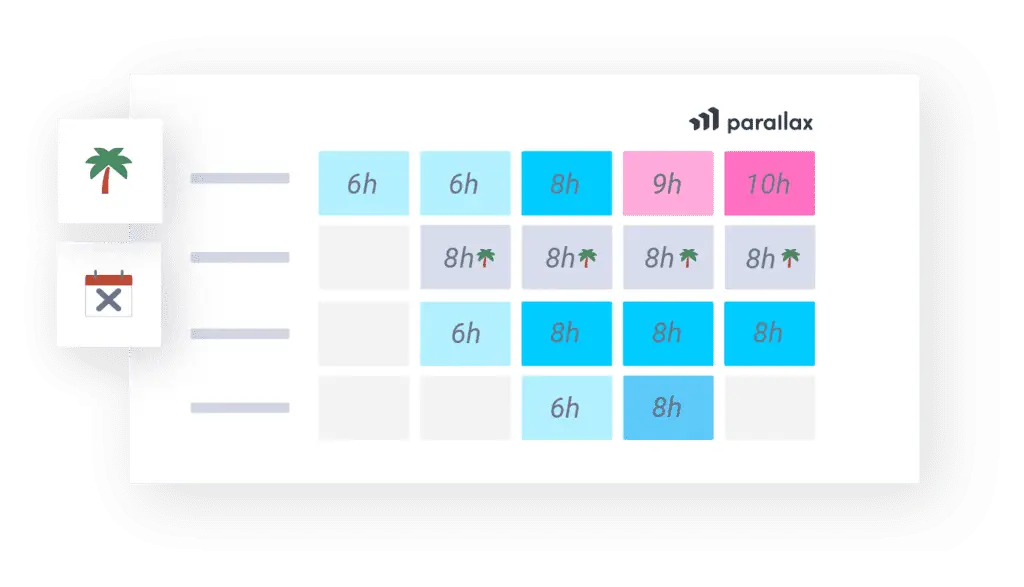
Time-off management
Efficiently manage time off and holidays to accurately represent availability.
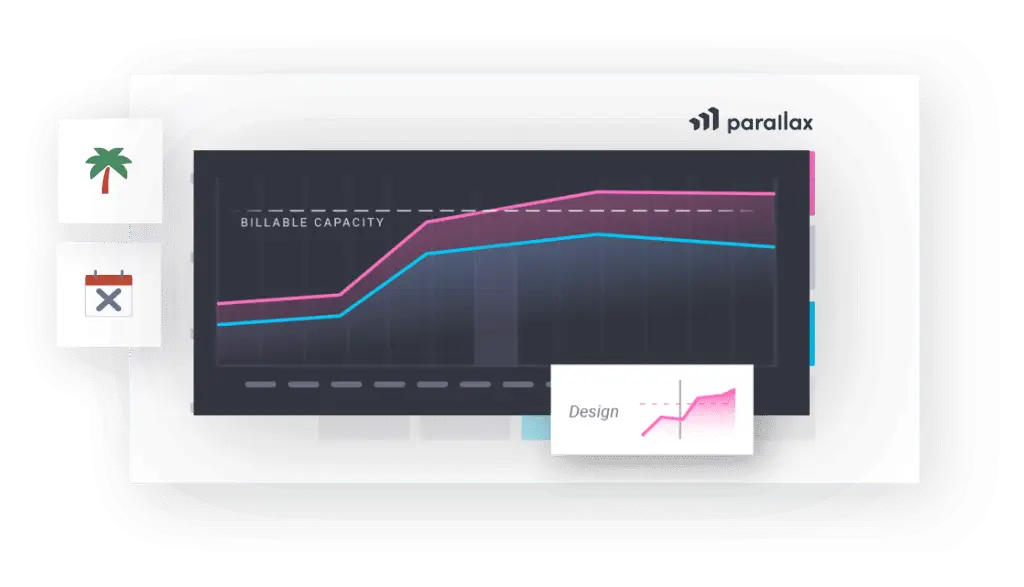
Capacity forecasts
Allocation of people on projects automatically earmarks team members time to give leadership, delivery and sales teams a view on projects they can sell, timing of those projects, and who’s available/not available for those projects. See total capacity, total billable capacity, remaining project hours, sales pipeline allocations, and actuals.
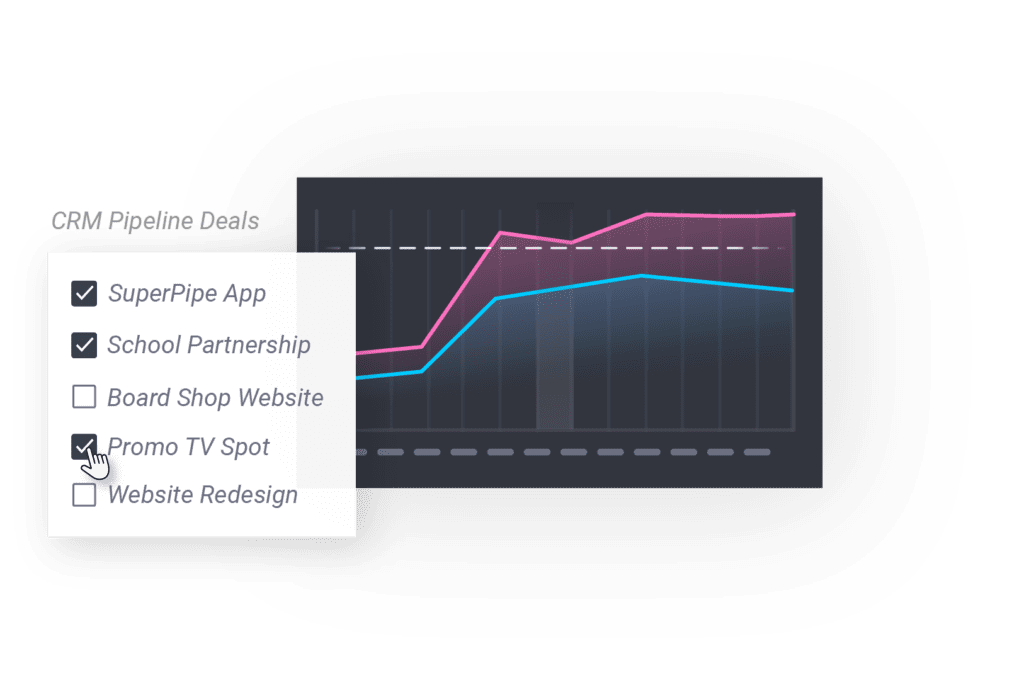
Pipeline scenario planning
Filter pipeline opportunities onto your current capacity to better understand what-if scenarios on how you’ll handle potential incoming work along with existing known projects. Manually select particular deals or filter by stage of opportunity.
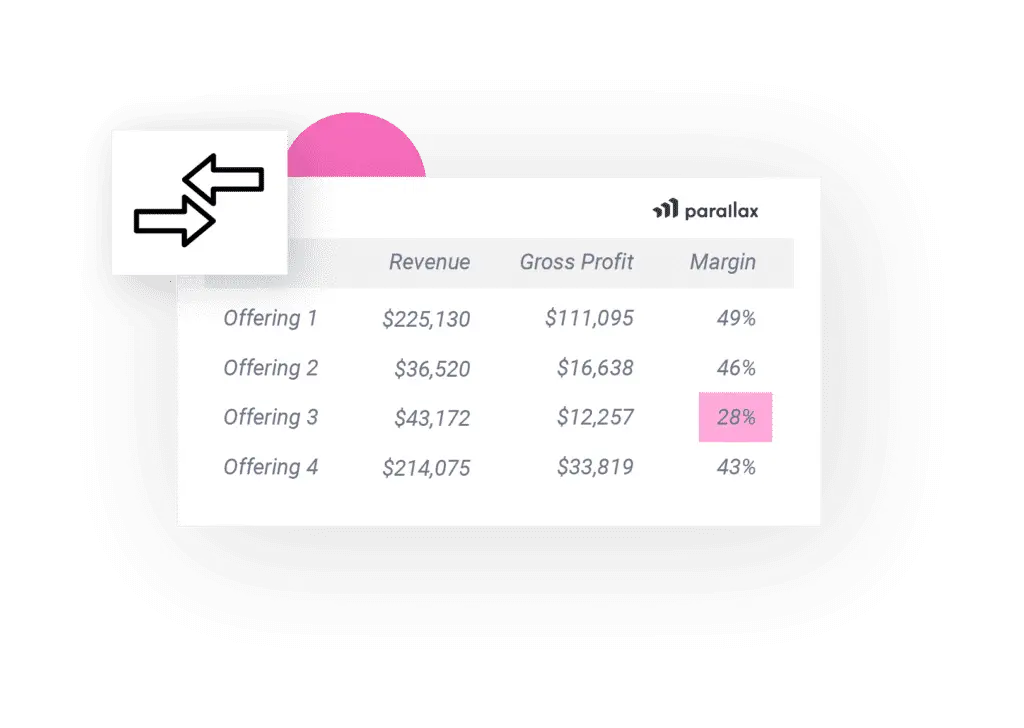
Evolve service offerings
Quickly see what services are in high demand and compare against upcoming projects to inform hiring decisions. See what projects lead to more profitability and adapt service offerings to those types of projects.
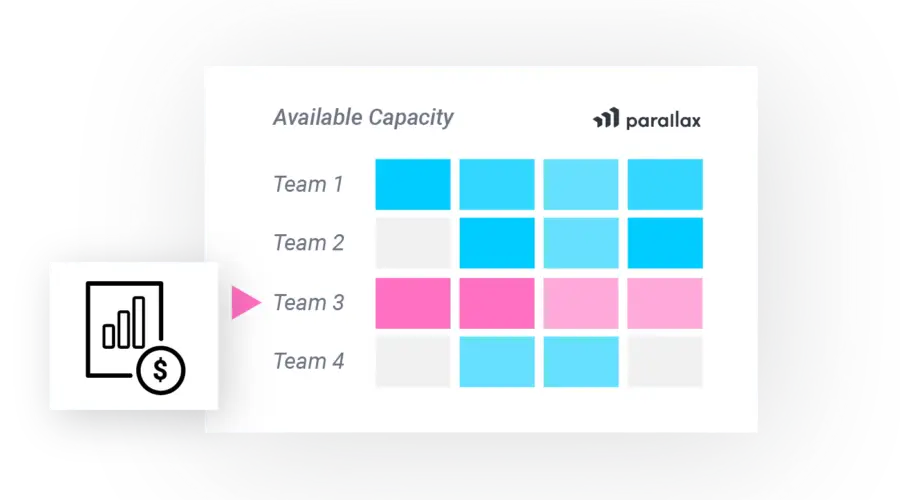
Focus sales efforts
Parallax uniquely gives you a view of future capacity based on known won projects + potential pipeline projects. This gives you clarity on what services are in high and low demand giving you the ability to focus sales efforts on services with available capacity.
Messaging and Notifications
Real-time visibility into project operations
Never miss a beat…or a margin, with customizable notifications. Update personal settings to deploy notifications on mentions, new projects, role changes, and updates to favorited projects. Get alerts the way you want with options for in-app, email, and/or Slack notifications.

Resources from our blog
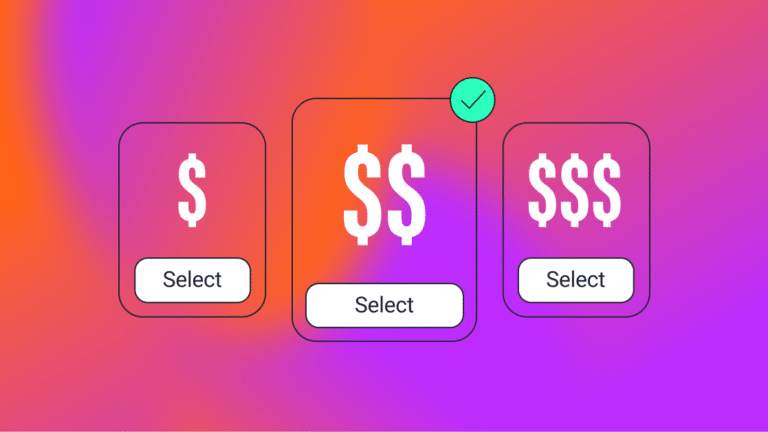
How to Create Operational Efficiency With Productized Service Offerings
Agency ops consultants Austin Sheaffer and Grant Hultgren sit down to discuss the necessity of productized service offerings for professional service organizations.
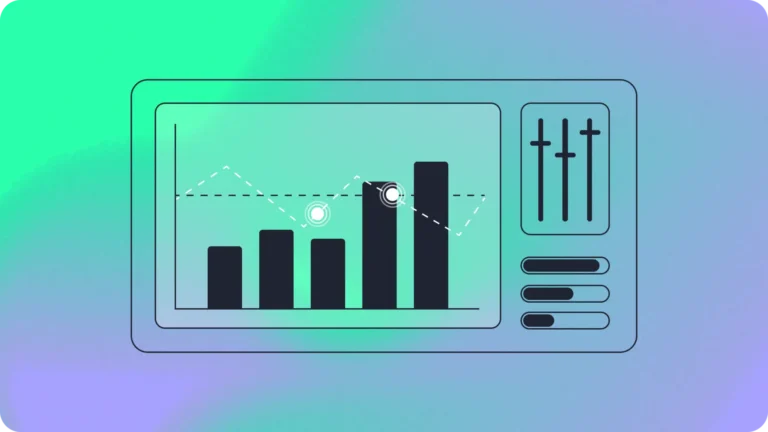
How to Improve Project Margin: Best Practices from Clockwork
Clockwork shares how their organization improved project margin through operational best practices.
Why The Best Time Tracking Software is the One You’re Already Using
Spoiler: your current time tracking software isn’t the problem. Learn how to utilize your current time tracking software more strategically.
Frequently asked questions about
capacity planning
See Parallax in action





